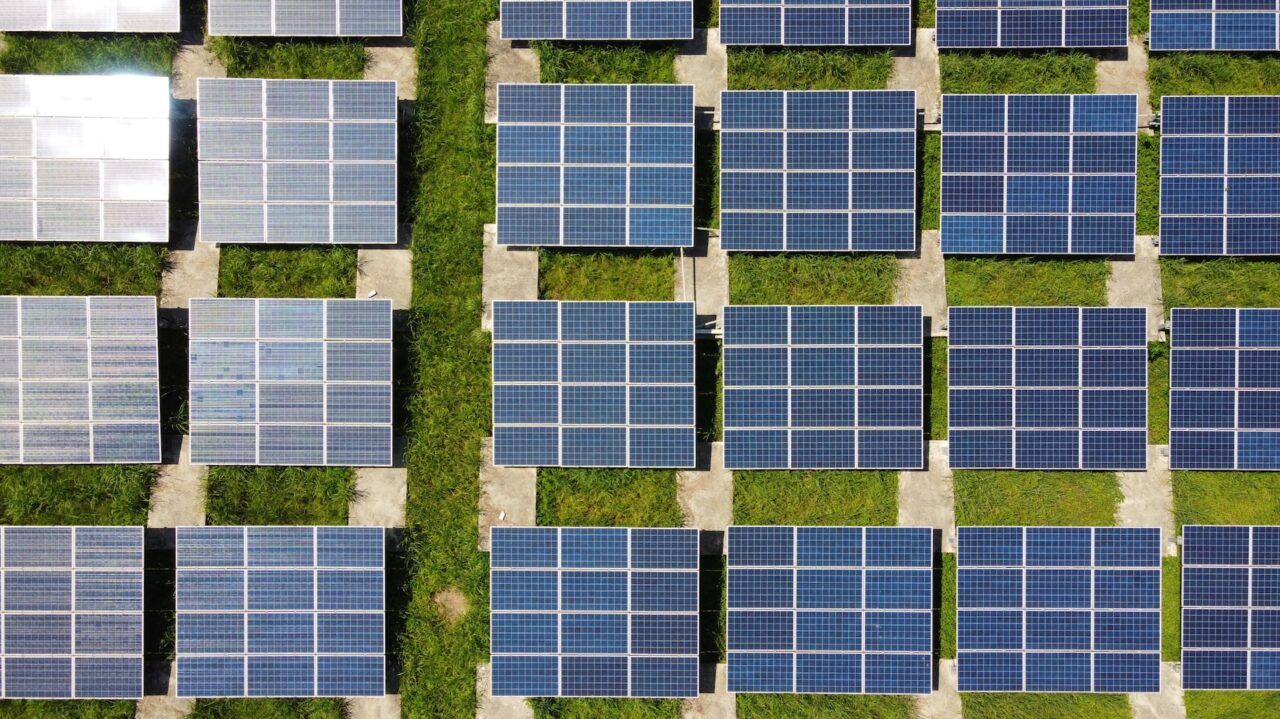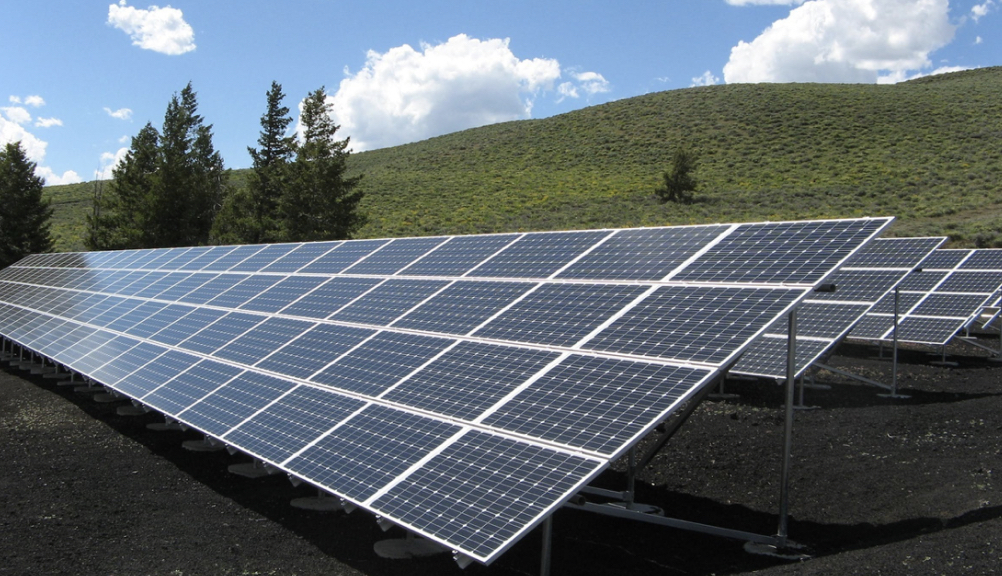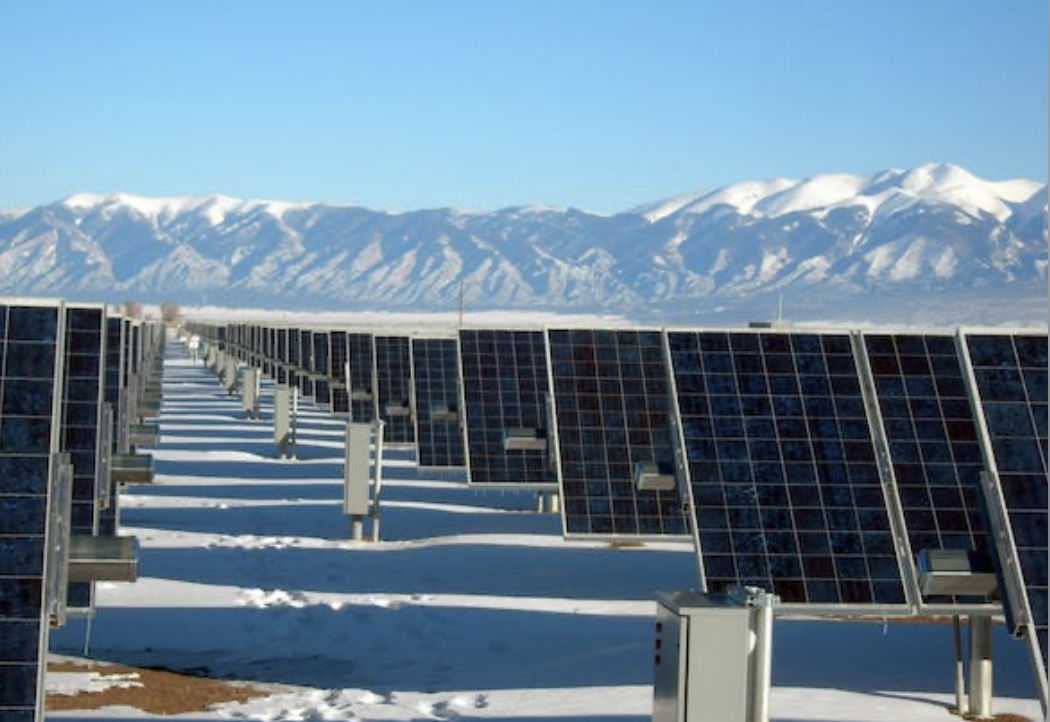Solar energy’s potential as the future of power generation is widely recognized, supported by an impressive annual growth rate of 33%, as evidenced by data. Despite its clear advantages, several noteworthy drawbacks deserve consideration.
Among the cons of solar energy, the most significant hurdle is the high entry cost. As of January 2022, the average cost of solar stands at around $3.00 per watt, requiring a substantial upfront investment. For instance, a standard 6 kW solar energy system demands an expenditure of approximately $18,000.
It is worth noting that the actual cost varies based on the state and chosen provider. Nonetheless, numerous solar financing options, including solar leases, offer homeowners a way to offset expenses and save money on their electricity bills through manageable monthly payments.
Solar Power is Not a Continuous Energy Source
One of the significant challenges with solar power lies in its intermittent nature. As the sun sets, solar panels become inactive, leading to a halt in electricity generation during nighttime hours. Additionally, solar power output varies based on factors like the time of year, time of day, and the specific geographical location of the solar installation. Unfavorable weather conditions, such as snow, clouds, and foliage, can further hinder energy production from solar panels.
However, these concerns are not insurmountable. The advent of solar batteries has provided a viable solution to tackle the issue of intermittent solar power. Homeowners can now store surplus solar energy in these batteries during peak production hours and use it later when their panels are unable to generate sufficient power. As technology continues to advance, solar battery prices are expected to decrease, making them more accessible to a broader range of homeowners, paving the way for a more stable and reliable solar energy system.
Solar Panel Manufacturing Impacts the Environment
While solar panels are celebrated for their ability to generate clean electricity, it’s important to acknowledge that their manufacturing process does have an environmental footprint. Solar panels contain certain pollutants, such as sulfur hexafluoride, which, though less impactful than carbon dioxide, still contribute to environmental concerns. However, when considering the broader picture, solar panels undoubtedly offer a more eco-friendly alternative compared to the extraction and combustion of fossil fuels. By harnessing solar energy, we can significantly reduce greenhouse gas emissions and minimize our overall impact on the planet, taking a step towards a more sustainable and greener future. Embracing solar power is a crucial part of the global effort to combat climate change and preserve our environment for future generations.
Solar Panels Need Space
Another limitation of solar panels is their space requirements. While most roofs can accommodate enough panels to meet the energy needs of an average household, expansion or increased energy demands may necessitate roof upgrades or ground-placed panels. This is attributed to the low power density of solar panels, which indicates the amount of energy that can be derived from a specific area.
Solar Panels Are Not That Portable
Installing solar panels on a roof means they become less portable and costly to relocate. Moving them to another property requires expensive removal and reinstallation procedures. Additionally, the net metering agreement ties to the specific property, necessitating a new contract if homeowners plan to move.
On the positive side, solar panels can enhance the value of the property, providing an opportunity to recover costs if the homeowner decides to move and invest in new solar panels.

Is Solar Energy Worth It?
Despite the noteworthy downsides, solar power’s benefits are substantial, particularly in terms of its positive impact on the environment. Governmental programs and solar leases can help mitigate many of the negatives associated with solar energy, including the high entry cost and lack of portability.
Whether solar energy is worth it or not depends on individual circumstances and priorities. However, with increasing awareness and technological advancements, solar power continues to gain prominence as a sustainable and viable energy option.
Conclusion
Solar energy is undeniably a promising and sustainable power source for the future. While it comes with some drawbacks, such as the high initial investment, intermittent energy generation, environmental impacts during manufacturing, space requirements, and reduced portability, its numerous advantages far outweigh these concerns.
- The continuous growth and development of solar battery technology, coupled with various governmental initiatives and financing options, make solar energy increasingly accessible and cost-effective for homeowners;
- Moreover, solar power’s positive impact on the environment, in terms of reduced greenhouse gas emissions and less land degradation, reinforces its significance as an eco-friendly alternative to fossil fuels.
As the world continues to transition towards cleaner energy solutions, solar power holds the potential to play a pivotal role in curbing climate change and creating a more sustainable future for generations to come. With the guidance and support of organizations like Atlantic Key Energy, individuals can take steps towards harnessing the power of the sun to contribute to a greener and more sustainable world. Embracing solar energy today can pave the way for a cleaner, brighter, and more environmentally responsible tomorrow.








